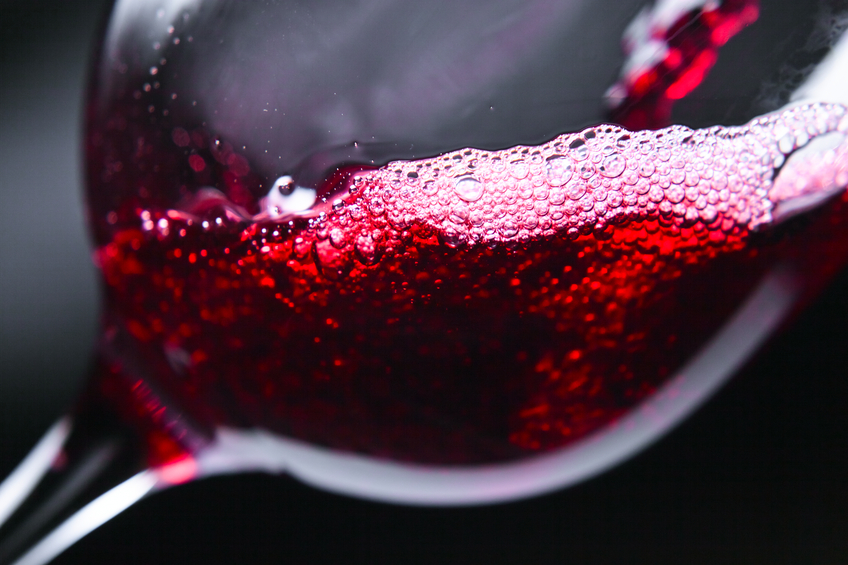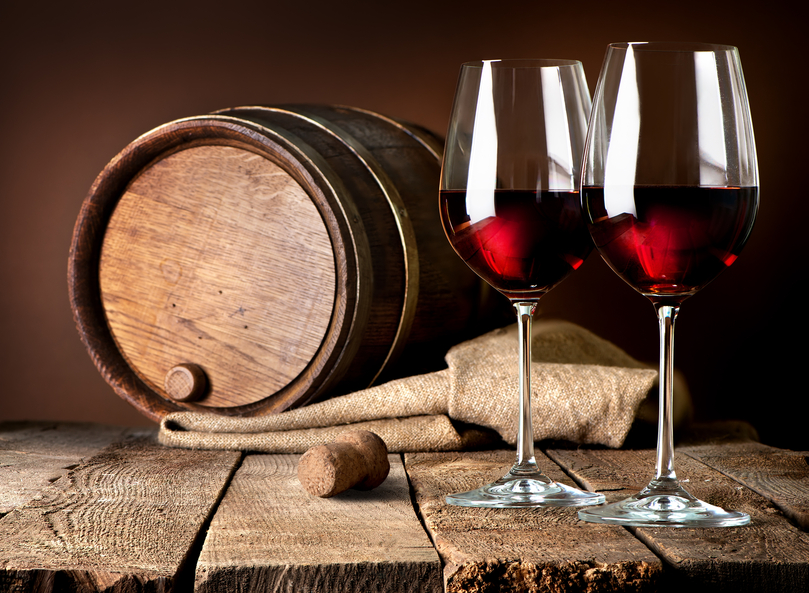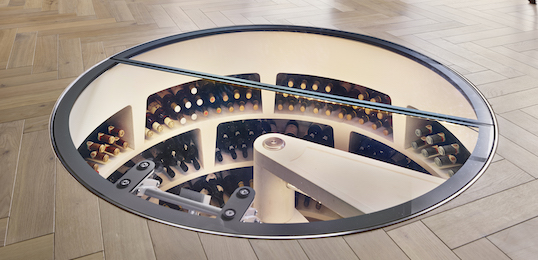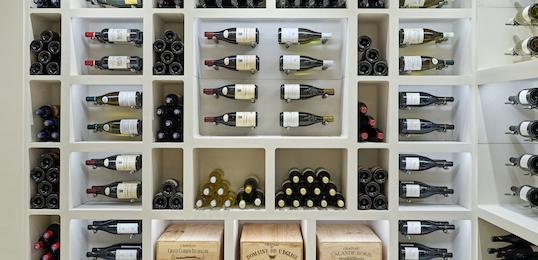Fine wine is a superb collection to own in your home and, as a wine lover, you might wonder what more winemakers have planned to elevate your favourite wines to the next, delightful level. From blue wine to winemaking innovations, the future of wine is looking promising.
Ao Yun, meaning ‘flying above the clouds’, is China’s first fine wine and part of Moët Hennessy’s wine portfolio. Produced by remote villages up in the Himalayan slopes and near the border with Myanmar and India, the isolation of the vineyards and the inexperienced villagers have had an effect on the wine.
A beautiful blend of 90% Cabernet Sauvignon and 10% Cabernet Franc compose Ao Yun’s intense, aromatic lift and freshness. At 2,500m above sea level, the vineyards have had intense UV exposure, a long growing season, and big diurnal shifts in temperature. 160 days encompass the entire process, from flowering to harvest, ending in November when the grapes are picked. Each bottle sells for £225 RRP.

Directly correlated with Britain’s increasing preference for Sauvignon Blanc, New Zealand’s wine future is looking bright. As this wine accounts for 72 percent of all wines produced in New Zealand, its high level of exportation ensures that the country is on the right track to becoming a leader in Sauvignon Blanc.
Marlborough continues as the popular choice due to its vibrant fruit flavours and high acidity levels. A bottle of this fine wine has undertones of red pepper, passionfruit, and gooseberry. Perfect for pairing with seafood and fish.
Canada’s Brock University is investing $1,42 million in an integrated research program that will help to improve grapevine health, market competitiveness, wine quality, and economically sustain its $6.8 billion grape and wine industry. The five-year project will ensure that Canadian wine increases the country’s reputation as a global leader in cool climate viticulture and oenology.

By identifying both the best clone and rootstock combinations, senior scientists Belinda Kemp and Jim Willwerth – in collaboration with Inglis – will be able to determine the best options for Ontario’s soil and climate types, managing tannins in red wines, and evolving vineyard practices for sparkling wine production. Both the industry and the government helped to fund the program that will address industry issues and help to sustain its growth.
Yeast converts sugars of grapes into dioxide and alcohol through the fermentation process and bacteria, even though less studied in winemaking, is believed to contribute to aroma as they help to extract compounds from solids in grape must.
Researchers from the University of British Columbia Okanagan, Dan Durall and Mansak Tantikachornkiat, are studying how microorganisms in wine production can aid in producing the best possible wine. Working through dozens of different yeast and bacteria samples and identifying the best strains, it’s hoped that the results of their research will allow future wine worldwide to improve in quality exponentially.
Mixed oak barrels combine French, American, and Hungarian oak to allow winemakers to age their wines in a novel way. The difference between these barrels and ‘traditional’ ones? Differently sized and shaped wood grains due to the several breeds of oak. This combination produces a unique and wonderful mix of flavours.

French oak’s tight grain provides spices and fine tannins, while American oak ‘s loose grain gives wine a bold tannin and herbal aroma. Hungarian oak, part of the same species as French oak, has an ever tighter grain, delivering smooth, woody, and sugary aromas to wine.
Like a chef with his spice collection, a winemaker relies on the intricacies of barrels, environment, and grapes to elevate wine’s flavour and aroma. The future of wine holds the key to more flavourful wine options and, with the recent research from several countries into winemaking, that future is today.





